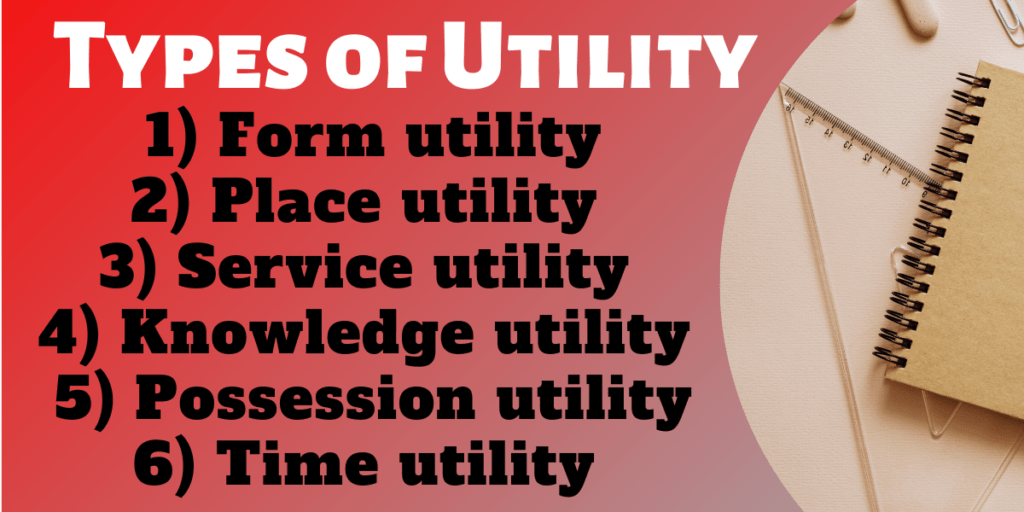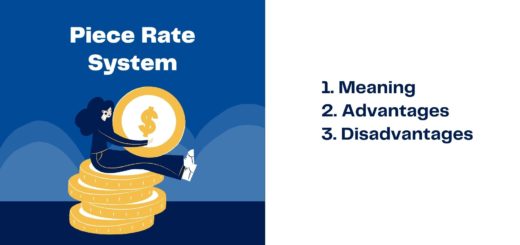Types of Utility (6 Types of utility in Economics) | Micro Economics
Table of Contents
Types of Utility
What are the types of utility in Economics?
Meaning of Utility.
A consumer usually decides his demand for a commodity based on the utility (or satisfaction) that he derives from it.
What is utility?
Utility is the capacity of a commodity to satisfy human wants. In other words, utility is the want satisfying power of a good. The more the need for a commodity or the stronger the desire to have it, the greater the utility derived from the commodity.
The utility is subjective.
Different individuals can get different levels of utility from the same commodity. For example, someone who likes chocolates will get a much higher utility from chocolate than someone who is not so fond of chocolates,
Also, the utility that one individual gets from the commodity can change with change in place and time. For example, utility from the use of a room heater will depend upon whether the individual is in Ladakh or Chennai (place) or whether it is summer or winter (time).
- Microeconomic Definition | Historical Review of Microeconomics
- Scope Or Nature of Microeconomics
- Exceptions of Law of Diminishing Marginal Utility
- Criticism of Law of Diminishing Marginal Utility

The following are some of the different types of utility:
1) Form utility:
When utility is created due to a change in the shape or structure of existing material, it is called form utility.
For example, toys made of clay, furniture from wood, etc.
2) Place utility :
When the utility of a commodity increases due to a change in its place, it is called place utility. For example, woolen clothes have more utility in cold places than in warm places. Transport creates place utility.
3) Service utility:
Service utility arises when personal services are rendered by various professionals. For example, the services of doctors, teachers, lawyers, etc.
4) Knowledge utility:
When a consumer acquires knowledge about a particular product, it is called knowledge utility. For example, the utility of a mobile phone or a computer increases when a person knows about its various functions.
5) Possession utility:
Possession utility arises when the ownership of goods is transferred from one person to another. For example,
transfer of goods from the sellers to the buyers.
6) Time utility:
When the utility of a commodity increases with a change in its time of utilization, it is called time utility. For example, a student has more utility for textbooks during examinations than in vacations. Time utility is also observed when goods are stored and used at a time of scarcity. For example, Blood bank.


